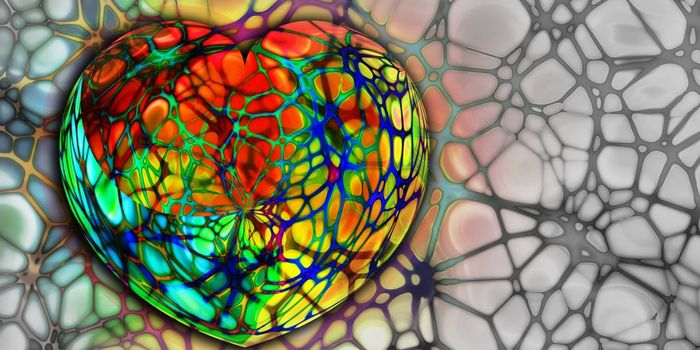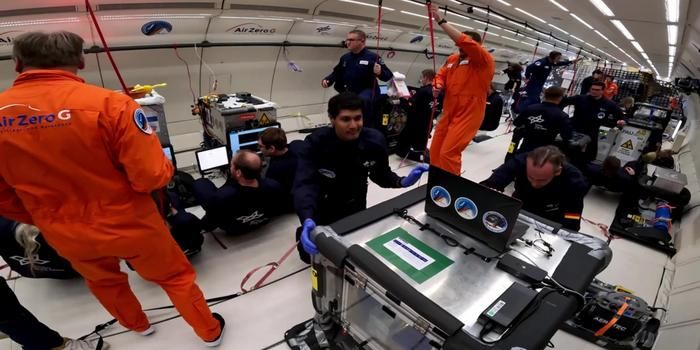Creating a Mouse Model to Test RBM20 Dependent Dilated Cardiomyopathy
Cardiovascular disease is something that, in most cases, is within our ability to control. A healthy diet and active lifestyle can prevent most cardiovascular diseases, but not all. Unfortunately, there are rare incidences where a patient has a genetic predisposition that can make it much harder for them to stay disease-free.
Dilated cardiomyopathy is one such cardiovascular disease that occurs due to genetics. It is characterized by an enlargement in one or more of the heart’s chambers and impairs the heart’s abilities to beat properly. Recent studies have identified over 60 genes could cause this disease, with 20-35% of cases being inherited from their parents.
One of the genetic mutations lies in the gene encoding RNA binding motif protein 20 (RBM20). This protein is responsible for the proper maturation of the critical muscle protein titan. Titin is involved in generating tension in heart muscles, and without the correct regulation of its size (which can determine how much tension it brings to the muscle), the muscles of the heart become stiff and rigid. Much like in cardiac fibrosis, this stiffening prevents the heart from beating properly, often leading to irregular heart-beat and eventual heart failure.
Several studies have characterized the RBM20 mutant already, with patients harboring this mutant having abnormal heart rates and increased cardiac death risk. In a new study out of the Tokyo Medical and Dental University in Japan, a team of scientists wanted to replicate this mutation in mice. If successful, the model which could help test new treatments for dilated cardiomyopathy in the future.
Other studies had identified a certain stretch of the RBM20 gene, a conserved RSRP stretch, which was commonly mutated in patients with RBM20 related dilated cardiomyopathy. This region turns out to be critical for RBM20’s transportation into the nucleus, where it would edit the titin gene. The study circled testing RBM20 knockout (gene is deleted) and RBM20 mutant mice to see if they could replicate the same dilated cardiomyopathy seen in patients in mice as well.
Using CRISPR, the team generated mice with either the mutant RBM20 or deletion of RBM20. They then followed titin levels in the mice and found that both the mutant and the knockout RBM20 mice had the same issues generating smaller titin forms. The mutant RBM20 mice showed more severe heart issues, however.
The team then confirmed that the knockout mice had the same clinical featured as dilated cardiomyopathy patients harboring the RBM20 mutation. Delving deeper into what was happening, the team found that the RBM20 mutation induced a change in expression in many genes related to muscle regulation were upregulated. In contrast, genes linked to dilated cardiomyopathy were downregulated.
This study managed to create a mouse model that mimicked RBM20 related dilated cardiomyopathy in humans. The team found that the RBM20 mutant commonly seen in patients induced heart issues that the knockout did not. Delving into why the team found that the mutated RBM20 accumulated elsewhere in the cells of the heart. The team could not go too far further, but none-the-less succeeded in advancing our understanding of RBM20 dependent dilated cardiomyopathy.
Sources: Nature Scientific Reports, British Heart Foundation









